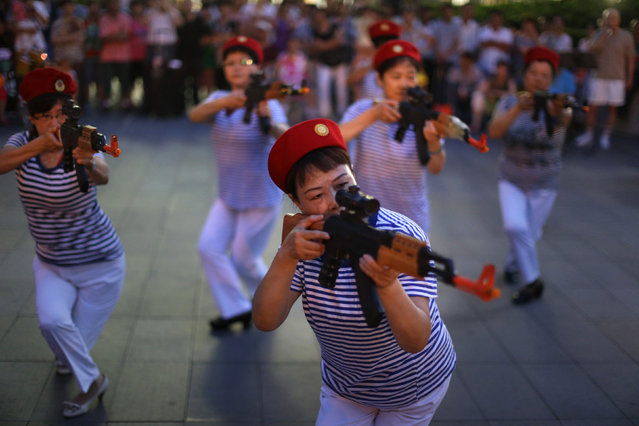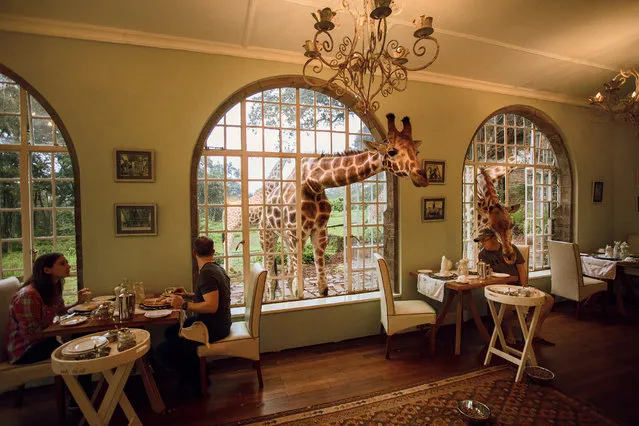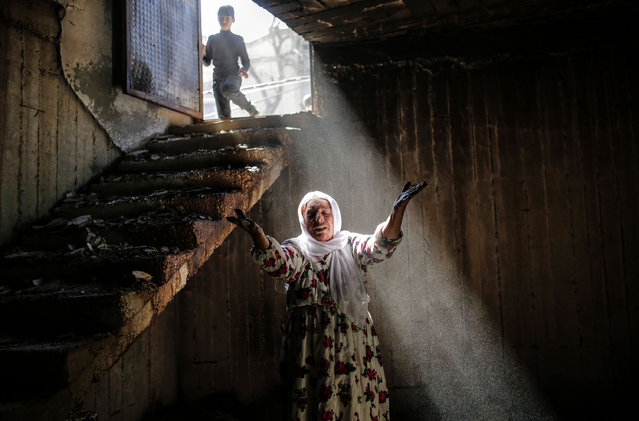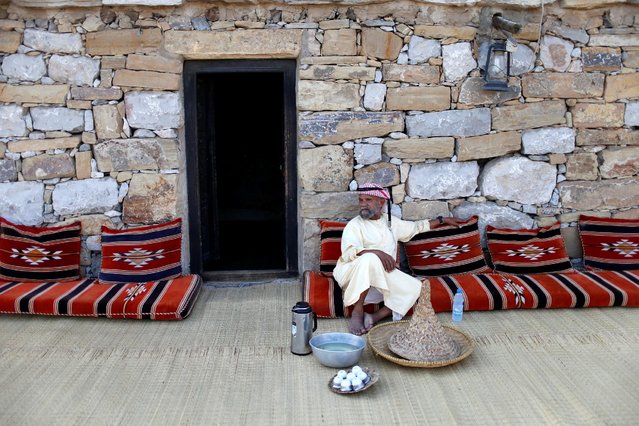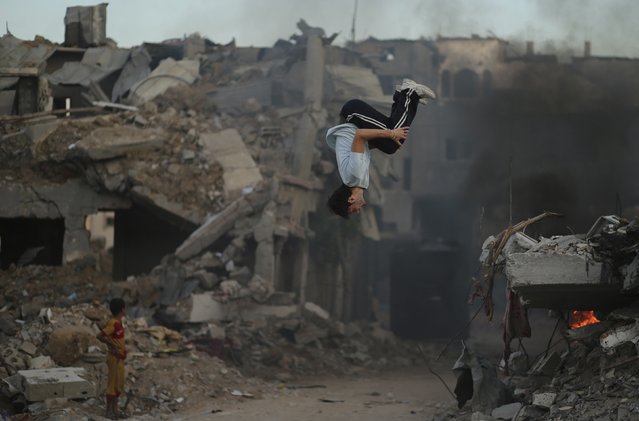
A Palestinian youth practices his Parkour skills over the ruins of houses, which witnesses said were destroyed during a seven-week Israeli offensive, in the Shejaia neighborhood east of Gaza City October 1, 2014. Some Palestinian youths aged between 13 and 17 years old, train in the devastated area as a personal initiative to develop their skills. Parkour is a physical discipline of movement focused on overcoming obstacles. (Photo by Mohammed Salem/Reuters)
02 Oct 2014 10:32:00,post received
0 comments


